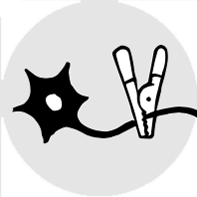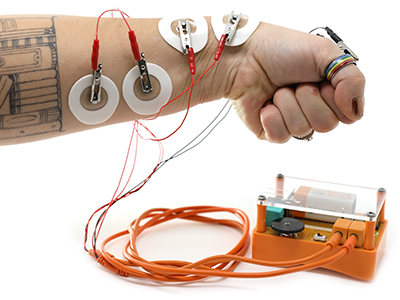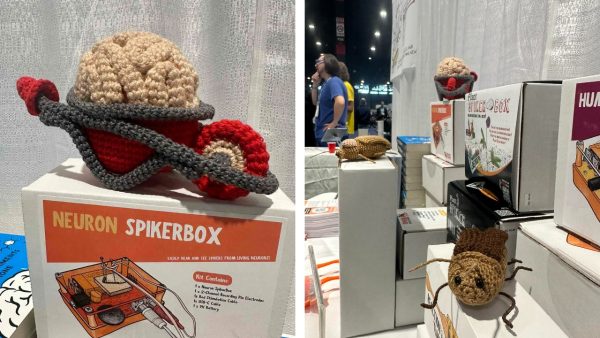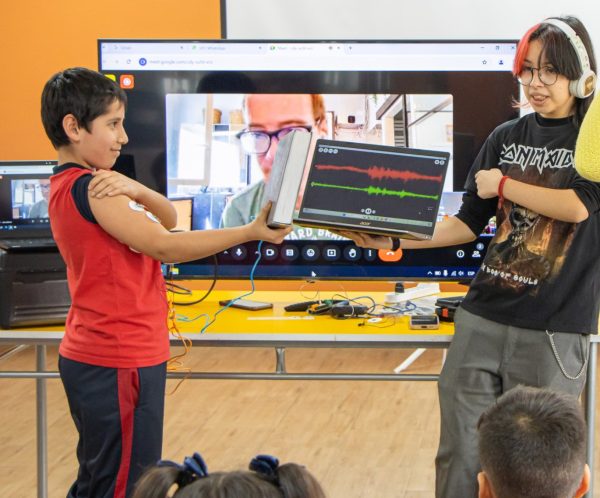Reaction Timer
Step into the world of cognitive neuroscience and explore the history of Reaction Time with our DIY Reaction Timer.
Leverage electrophysiology for precise measurements and conduct experiments that reveal how quickly our brains can send and receive signals. Test visual and auditory reactions, experiment with multiple stimuli, and simplify your analysis with automatic tick marks on your EMG recordings.
PLEASE NOTE: This is not a stand-alone product. It requires the Human SpikerBox.
Qty
$59.99
In stock
-
More Experiments

Auditory Motor Reaction Time
Go! How fast can your brain process auditory commands?
Clocking the Brain: Choice Reaction Time
an you measure the speed of cognitive processes with just our muscles? We will find out! In this experiment!
Motor Decision Reaction Time
Some movements are automatic, but when your brain must pick between two, the challenge changes. This experiment puts motor choice to the test.
Visual-Motor Reaction Time
How fast can you react? Here we explore visual reaction time—the interval between seeing a stimulus and responding with movement. -
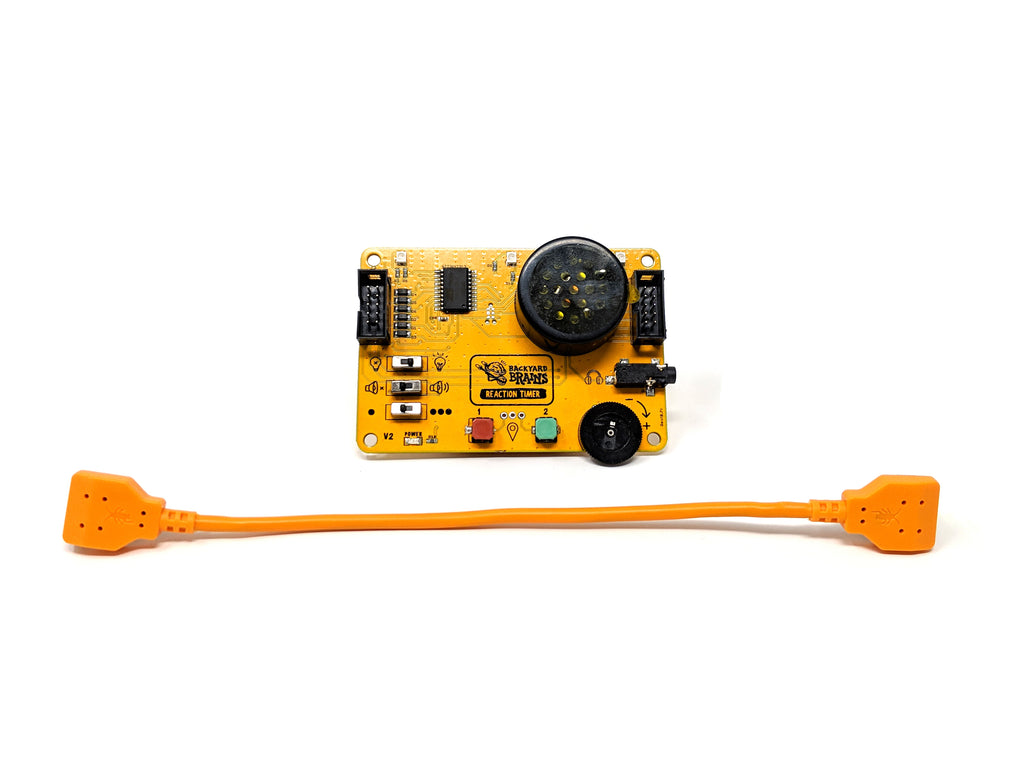
Find Accessories
Try these products to boost your brain power even further!




